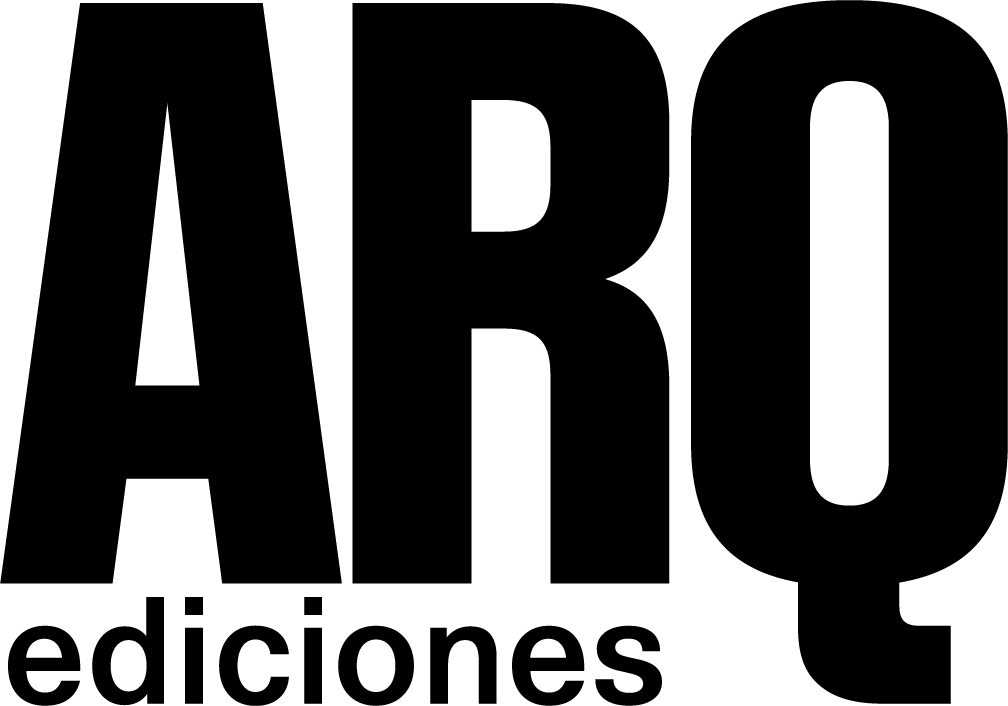
ARQ 105 | Resistencia / Resistance
(agosto 2020)
Libre acceso/Open Access
Francisco Díaz (ed.); several authors
Paperback
20.6 x 27 cm | 156 pp.
Spanish + English
ISSN: 0716-0852 / ISSN (online): 0717-6996
After devoting a large part of his life to studying the inner workings of power – arriving at the conclusion that it was practically everywhere – in the fi rst volume of The History of Sexuality, Michel Foucault (1978:95) wrote that “wherever there is power, there is resistance.” This not only implies that power contains the germ of its own response, but also that resistance is not external to power, rather, it is its counterpart. In physical terms, resistance is the opposition to the exercise of a force. As an action (or, more precisely, a reaction), resistance has no sign other than being the negative of the force it opposes. The fi lament in a light bulb, for example, consumes energy by resisting the passage of electrons and, in doing so, transforms that energy into heat that turns the fi lament incandescent. That incandescence illuminates us. The light from the vial is the visible product of resistance. Thus, part of the meaning of this issue of ARQ is precisely to give visibility to the different forms of resistance that appear in architecture.
With contributions by: Pablo Casals Aguirre, José Luis Uribe, Fernando Castillo Velasco, Francisco Díaz, Hugo Bertolotto, Alejandro Crispiani, Sophie Hochhäusl, Daniel Concha, Carlos Mínguez, Elizabeth Wagemann, Renato D’Alençon, Margarita Greene, FAR Frohn&Rojas, Home-Office, Ana Gilsanz, María Elia Gutiérrez, José Parra, Artur de Souza, Renato Cymbalista, Adjaye Associates, Valentina Rozas Krausse, Erwin Brevis.
Paperback
20.6 x 27 cm | 156 pp.
Spanish + English
ISSN: 0716-0852 / ISSN (online): 0717-6996
After devoting a large part of his life to studying the inner workings of power – arriving at the conclusion that it was practically everywhere – in the fi rst volume of The History of Sexuality, Michel Foucault (1978:95) wrote that “wherever there is power, there is resistance.” This not only implies that power contains the germ of its own response, but also that resistance is not external to power, rather, it is its counterpart. In physical terms, resistance is the opposition to the exercise of a force. As an action (or, more precisely, a reaction), resistance has no sign other than being the negative of the force it opposes. The fi lament in a light bulb, for example, consumes energy by resisting the passage of electrons and, in doing so, transforms that energy into heat that turns the fi lament incandescent. That incandescence illuminates us. The light from the vial is the visible product of resistance. Thus, part of the meaning of this issue of ARQ is precisely to give visibility to the different forms of resistance that appear in architecture.
With contributions by: Pablo Casals Aguirre, José Luis Uribe, Fernando Castillo Velasco, Francisco Díaz, Hugo Bertolotto, Alejandro Crispiani, Sophie Hochhäusl, Daniel Concha, Carlos Mínguez, Elizabeth Wagemann, Renato D’Alençon, Margarita Greene, FAR Frohn&Rojas, Home-Office, Ana Gilsanz, María Elia Gutiérrez, José Parra, Artur de Souza, Renato Cymbalista, Adjaye Associates, Valentina Rozas Krausse, Erwin Brevis.
